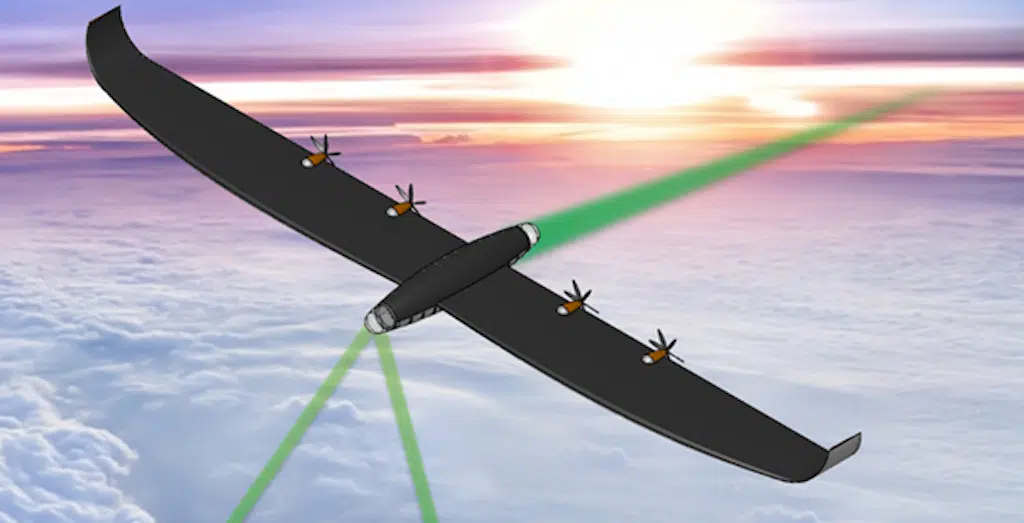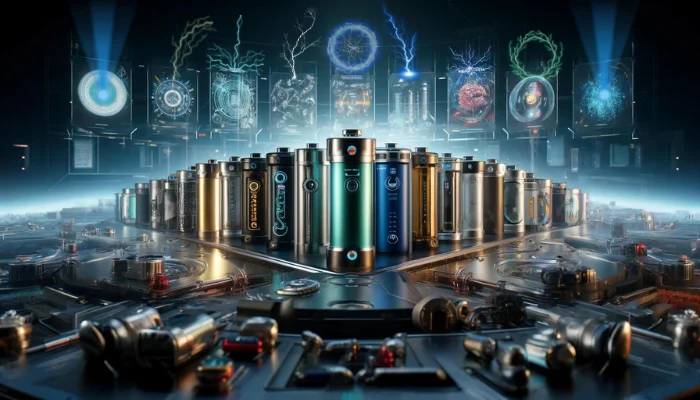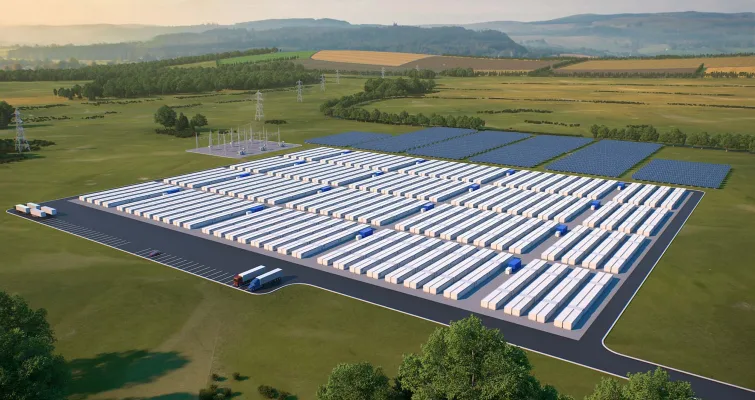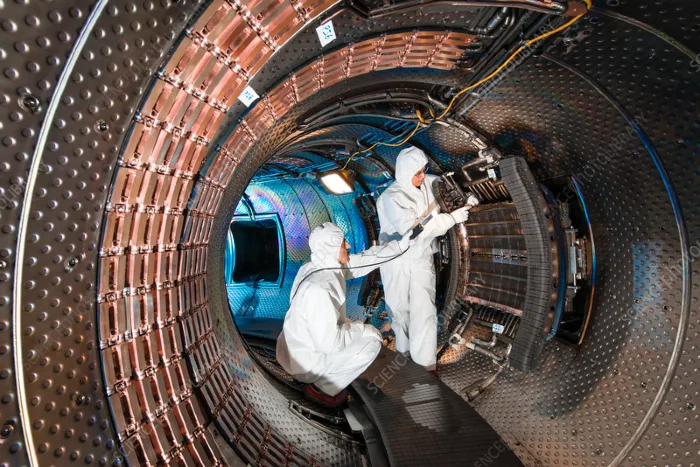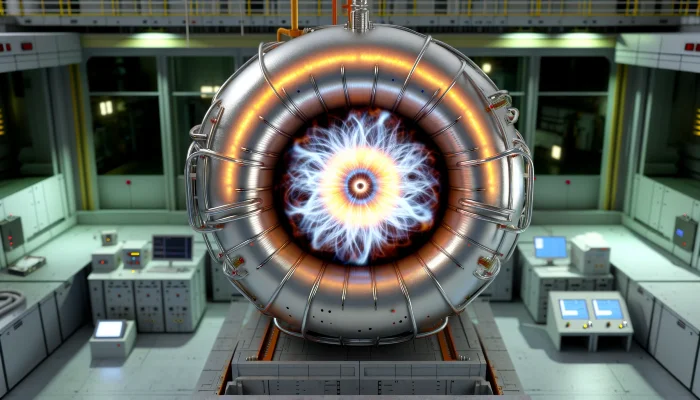In the realm of scientific innovation, reality often seems to catch up with science fiction. DARPA (Defense Advanced Research Projects Agency), the vanguard of US government scientific and technological research, has once again proven this adage true. They’ve unveiled a groundbreaking energy technology that has the potential to revolutionize power distribution across the globe. Aptly named the Persistent Optical Wireless Energy Relay, or POWER, this laser-based technology could herald a new era in energy transmission.
The Crucial Half of the Energy Equation
Generating electricity is just one part of the energy equation; delivering that power to homes, vehicles, and devices is the equally vital other half. Traditional methods of energy transmission often rely on century-old wiring systems. While these systems may have sufficed in the early 1900s, today’s energy landscape demands more. We’re not just illuminating bulbs, powering phones, or running stock tickers; we’re charging smartphones, energizing buildings, and fueling electric vehicles. Efficient power transmission has become paramount, especially in a world where the US military requires dependable energy solutions for electric cars, tanks, and aircraft.
Introducing the Persistent Optical Wireless Energy Relay
Enter the Persistent Optical Wireless Energy Relay (POWER). While we’ve become adept at transmitting various signals wirelessly to our devices, efficiently charging these devices remotely has remained a formidable challenge. DARPA’s POWER system aims to change that by beaming energy from a ground source to a distant receiver. The implications of this technology for the US military are profound, potentially offering limitless range to aircraft and vehicles.
For aircraft, this means they could remain airborne indefinitely, alleviating the need for complex and sometimes perilous in-flight refueling operations. Tanks, too, could have extended operational ranges, as the limitations imposed by conventional fuel sources would no longer apply.

Overcoming Barriers to Realization
However, before we can fully embrace this energy revolution, several challenges must be addressed. The most significant obstacle is that lasers, which POWER relies on, require a direct line of sight to the target.
This limitation can’t be mitigated solely by flying higher; relay stations positioned in the upper atmosphere would be necessary to minimize the impact of air and water vapor. Furthermore, the vehicles themselves, like in-flight refueling, must remain stable and precisely on-target during the charging process.
Currently, POWER is in its initial phase, with the technology existing in conceptual form as designers work on creating the necessary relay devices. The subsequent phases will see DARPA implement the technology in an existing aircraft, followed by a demonstration where the POWER system will transmit 10 kilowatts of electricity (equivalent to powering a five-bedroom home) to an aircraft from 125 miles away.
A Transformation Beyond Military Applications
The implications of such technology extend far beyond military applications. Picture a space-based solar power system capable of beaming electricity directly from the generator to a house, regardless of its location, anywhere in the world. While DARPA was conceived to safeguard the US during wartime, its innovations continually surprised and benefit peacetime society.
In essence, DARPA’s POWER technology could potentially reshape the global energy industry, offering reliable, long-distance energy transmission with far-reaching benefits for both military and civilian applications. As science fiction becomes a tangible reality, the world may be on the cusp of an energy revolution that could change how we power our lives and, in time, even eliminate energy poverty.
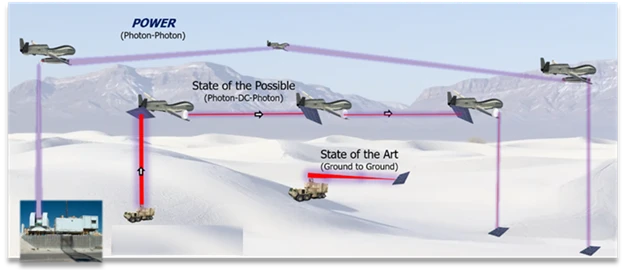
This Could Reshape Energy Poverty: A Global Vision for POWER Technology
While the development of the Persistent Optical Wireless Energy Relay (POWER) by DARPA promises to transform energy transmission for military and civilian applications alike, its potential impact on underdeveloped nations is particularly compelling. As this groundbreaking technology advances and matures, it may become a beacon of hope for regions struggling with consistent and reliable energy sources.
One of the most significant challenges faced by underdeveloped nations is the pervasive issue of energy poverty. Millions of people in these regions lack access to electricity or rely on unreliable and costly energy solutions.
In many cases, this energy poverty hinders economic development, limits access to education and healthcare, and perpetuates cycles of poverty.
The Potential of POWER is Powerful!
More To Discover
POWER technology, with its ability to transmit energy efficiently over vast distances, holds the promise of alleviating energy poverty in remote and underserved areas. We see five specific uses of this new tech that could make a dramatic difference:
- Rural Electrification: Many underdeveloped regions lack access to power grids due to their remote locations. POWER could provide a cost-effective and scalable solution for electrifying these areas, enabling communities to enjoy the benefits of reliable electricity for lighting, cooking, and essential services.
- Agricultural Advancements: Access to electricity can significantly enhance agricultural productivity. Electric pumps for irrigation, refrigeration for crop storage, and machinery for farming operations can all contribute to food security and economic growth.
- Healthcare and Education: Reliable electricity is essential for powering healthcare facilities and educational institutions. It enables the use of medical equipment, supports telemedicine initiatives, and facilitates e-learning platforms, improving healthcare outcomes and educational opportunities for underserved populations.
- Economic Development: Access to consistent energy sources can stimulate local economies. Entrepreneurs and small businesses can thrive with access to reliable power, leading to job creation and economic growth.
- Clean Energy Transition: POWER technology aligns with the global push for clean energy solutions. By enabling the transmission of electricity from renewable sources in remote areas, it can accelerate the transition to sustainable energy practices, reducing reliance on fossil fuels and mitigating environmental impacts.
As POWER technology matures and becomes more accessible, it has the potential to bridge the energy divide, bringing light, progress, and opportunities to regions that have long been in the shadows. By leveraging innovative solutions like POWER, the world can work toward a future where every nation, regardless of its development status, has equitable access to reliable and sustainable energy sources.







